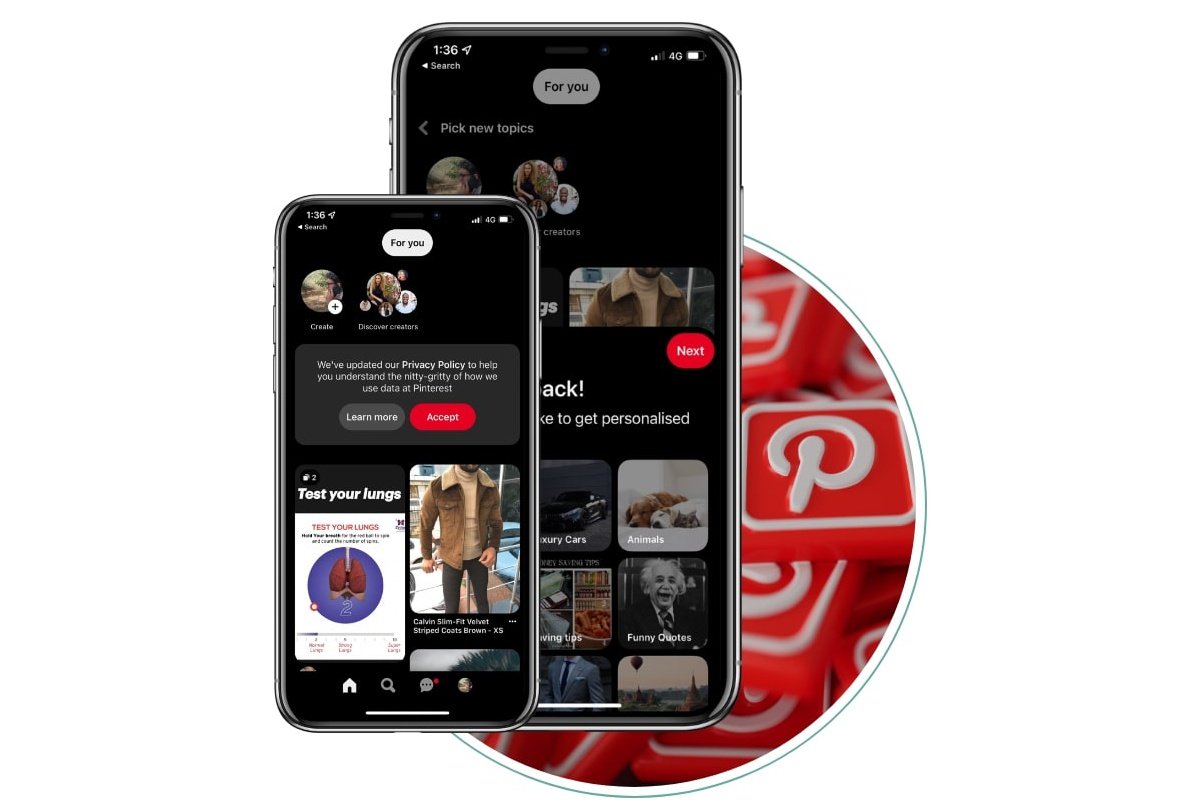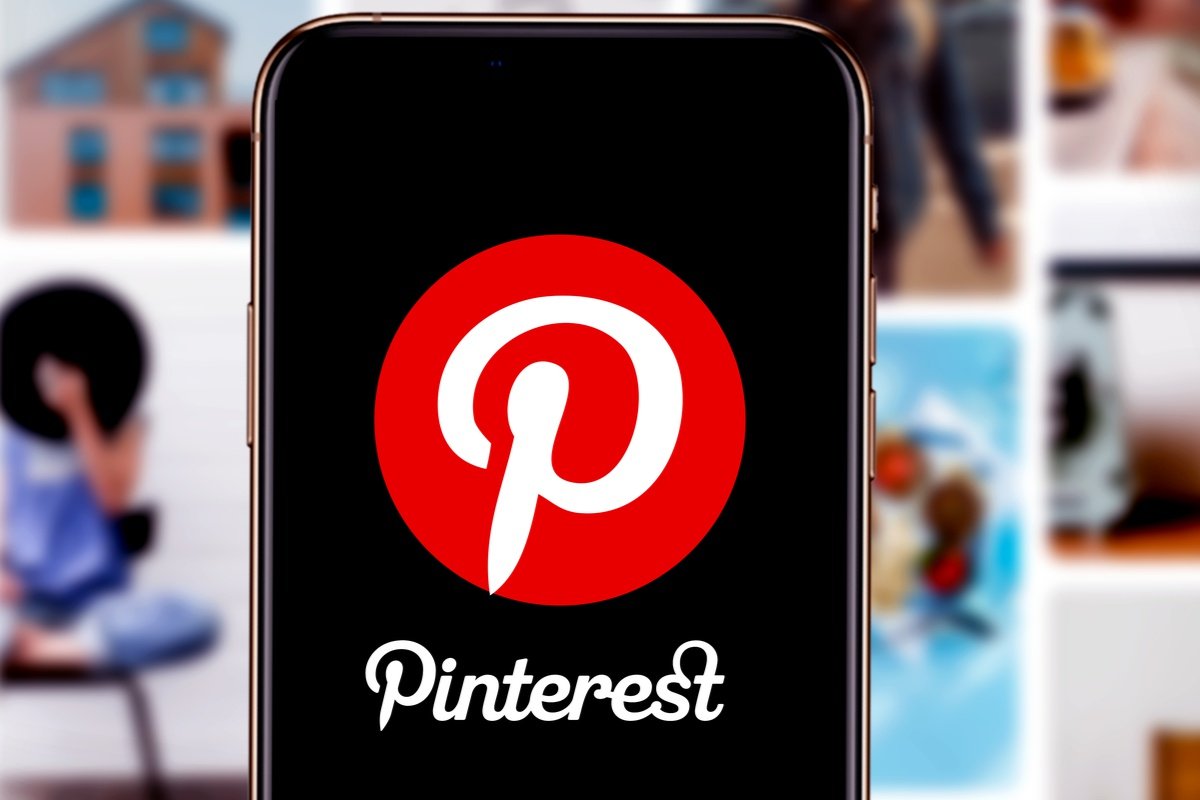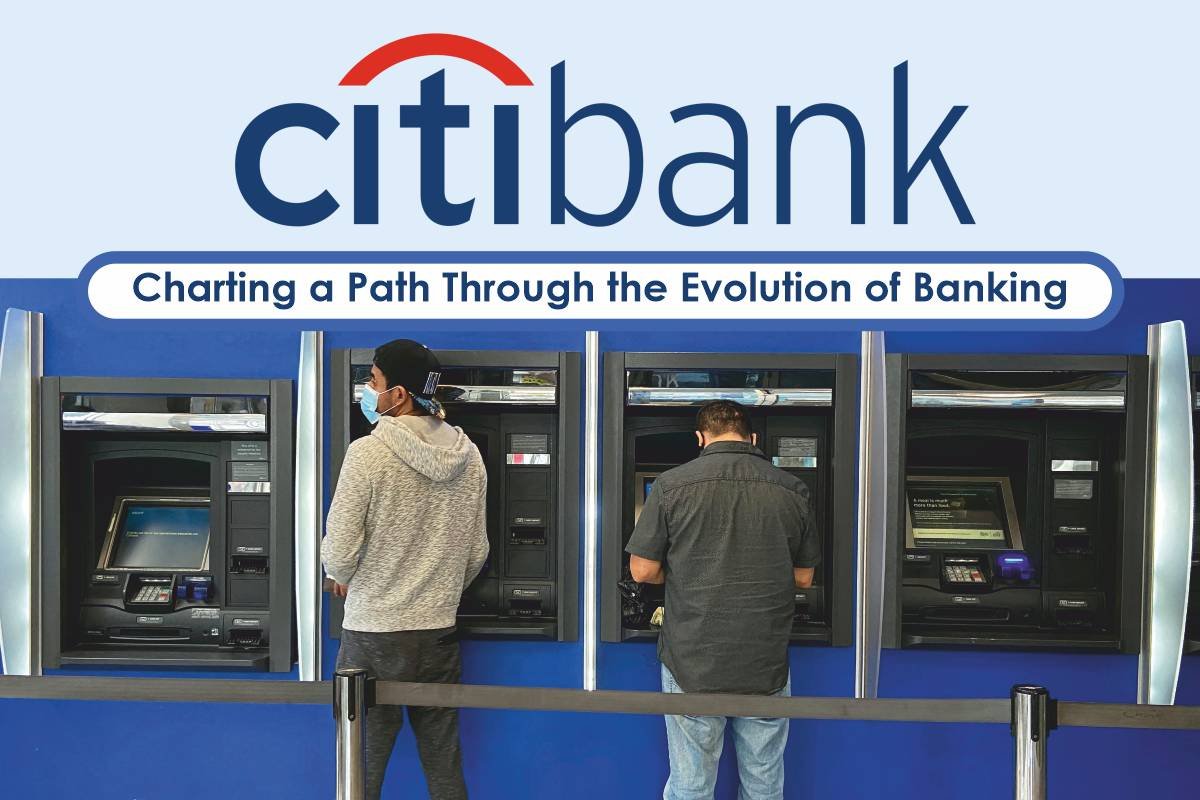[Source -regendus]
Did you know that Pinterest was originally conceptualized as a catalog of online shopping ideas? When it launched in 2010, it was primarily aimed at helping users discover products they might want to buy. However, it quickly evolved into a broader platform for inspiration and creativity, where users could save and share ideas across various interests, from DIY projects to travel destinations and beyond. Let’s uncover how Pinterest transforms everyday browsing into a tailored experience of inspiration and discovery.
History of Pinterest
1. Founding and Launch:
- Co-founded by Ben Silbermann, Paul Sciarra, and Evan Sharp.
- Launched as a closed beta in March 2010, available by invitation only.
2. User Growth:
- Initially struggled to gain traction.
- Ben Silbermann personally emailed the first 5,000 users for feedback.
3. Design and Features:
- Simple design focused on easy pinning and organizing of images.
- The “Pin It” button became a central feature.
4. Early Users:
- Early adopters were mainly designers, crafters, and creatives.
- Popular categories included fashion, home decor, and DIY projects.

5. Growth Strategy:
- Leveraged social media and word-of-mouth for growth.
- Users invited friends and family to join.
6. Funding:
- Early funding from angel investors and venture capital firms, including Andreessen Horowitz, in 2011.
7. Recognition:
- Named one of Time magazine’s “50 Best Websites of 2011.”
- Became one of the fastest-growing social networks, reaching 10 million unique monthly visitors quickly.
8. Mobile Shift:
- Launched iPhone app in March 2011, boosting engagement.
9. Community and Culture:
- Nurtured a sense of community through shared passions and connections.
- The visual nature and focus on inspiration resonated with a broad audience.
Business Model of Pinterest
Pinterest generates revenue primarily through advertising, with a focus on Promoted Pins and Shopping Ads. Promoted Pins are seamlessly integrated into user-generated content, appearing naturally in users’ feeds and search results. Shopping Ads simplify direct transactions by linking users to retailers’ websites.
Aside from advertising, Pinterest is exploring new revenue streams, such as affiliate marketing and potential subscription services, to diversify its income sources. It’s user base is predominantly female, making up approximately 71% of its total users globally. This demographic influence shapes the platform’s content and marketing strategies, which emphasize categories like home décor, fashion, food, and lifestyle.
While Pinterest is well-established in the United States, it is also expanding globally and attracting users with diverse backgrounds and interests from various regions.
Pinterest’s Success

Pinterest’s success is attributed to its unique value plan as a visual discovery platform where users can curate collections of images and videos, known as “pins,” on themed boards. This approach encourages creativity and self-expression while helping users discover content based on their interests.
User-generated content is essential to Pinterest, with users actively displaying boards and sharing content that resonates with them. Brands and influencers also play a significant role in shaping the platform’s content by collaborating on campaigns that balance seamlessly with user-generated content. The focus on display content and editorial boards helps to boost user engagement and loyalty.
Pinterest continues to innovate to improve user experience. Advanced AI and machine learning algorithms power features like Pinterest Lens, which allows users to search for visually similar items using their smartphone cameras. This visual search capability streamlines the discovery process and positions Pinterest as a leader in visual technology within social media platforms.Challenges Faced by Pinterest
Pinterest has encountered several challenges in its early days and continues to address various issues as it expands. Below is an overview of the challenges Pinterest faced in the beginning and is currently facing, as well as the strategies the company is implementing to overcome these obstacles.
Initial Challenges
| User Acquisition | Challenge: Attracting users against established platforms. |
| Solution: Used invite-only strategy and influencer marketing. | |
| Value Proposition | Challenge: Differentiating from other social media. |
| Solution: Invested in robust backend systems and cloud services. | |
| Technical Infrastructure | Challenge: Scaling to support growth. |
| Solution: Invested in robust backend systems and cloud services. | |
| Monetization | Challenge: Monetizing without disrupting user experience. |
| Solution: Introduced Promoted Pins and seamless advertising solutions. |

Current Challenges
| Competition | Challenge: Competing with platforms like Instagram and TikTok, |
| Solution: Innovated with features like Idea Pins and focused on niche areas. | |
| User Retention | Challenge: Keeping users engaged long-term. |
| Solution: Personalized recommendations and continuous content updates. | |
| Global Expansion | Challenge: Catering to diverse cultures. |
| Solution: Localized content and marketing, partnered with local influencers. | |
| Content Moderation | Challenge: Maintaining a safe and positive space. |
| Solution: Stricter moderation policies and AI-driven tools. | |
| Revenue Growth | Challenge: Increasing revenue without harming user experience. |
| Solution: Expanded e-commerce, improved ad targeting, and explored subscriptions. | |
| Privacy and Security | Challenge: Ensuring data security and regulatory compliance. |
| Solution: Adhered to regulations like GDPR, and invest in advanced security measures. |

Future Prospects of Pinterest
Strategic Initiatives
In the future, Pinterest is looking to broaden its presence in new markets and demographics, as well as improve its shopping features and capabilities. Strategic partnerships and collaborations with tech companies are expected to be key in driving future growth and innovation.
Predictions and Market Trends
As visual content continues to dominate digital media, Pinterest is well-positioned to capitalize on this trend. Augmented reality (AR) experiences, enhanced personalization, and deeper integration with other digital platforms are likely to shape Pinterest’s evolution in the coming years.

Conclusion
Pinterest’s journey from a startup founded on creative inspiration to a global platform influencing digital discovery highlights its resilience, innovation, and user-centric approach. By staying true to its core values and continually changing with market trends, Pinterest is well-positioned to overcome the challenges and seize opportunities in the dynamic social media landscape.







